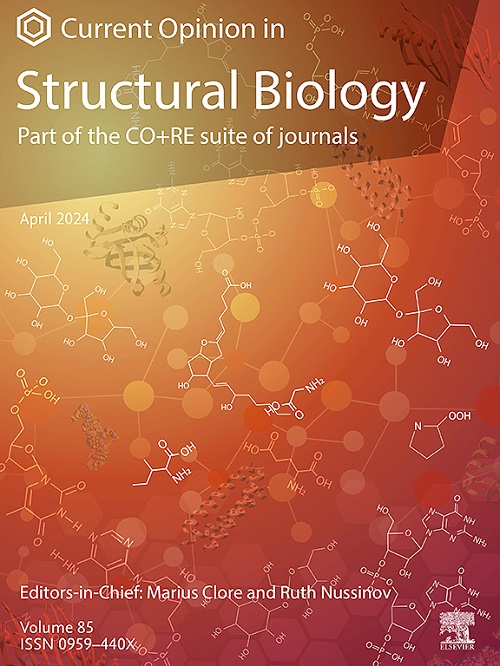Short circuit: Transcription factor addiction as a growing vulnerability in cancer
IF 6.1
2区 生物学
Q1 BIOCHEMISTRY & MOLECULAR BIOLOGY
引用次数: 0
Abstract
Core regulatory circuitry refers to the network of lineage-specific transcription factors regulating expression of both their own coding genes, and that of other transcription factors. Such autoregulatory feedback loops coordinate the transcriptome and epigenome during development and cell fate decisions. This circuitry is hijacked during oncogenesis resulting in cancer cell fate being maintained by lineage-specific transcription factors. Major advances in functional genomics and chemical biology are paving the way for a new generation of cancer therapeutics aimed at disrupting this circuitry through both direct and indirect means. Here we review these critical advances in mechanistic understanding of transcription factor addiction in cancer and how the advent of proteolysis targeting chimeras and CRISPR screen assays are leading the way for a new paradigm in targeted cancer treatments.
短路:转录因子成瘾是癌症中一个日益严重的弱点。
核心调控回路指的是由各系特异性转录因子组成的网络,它们既调控自身编码基因的表达,也调控其他转录因子的表达。这种自调节反馈回路在发育和细胞命运决定过程中协调转录组和表观基因组。这种回路在肿瘤发生过程中被劫持,导致癌细胞的命运由特异性转录因子维持。功能基因组学和化学生物学的重大进展为新一代癌症疗法铺平了道路,这些疗法旨在通过直接和间接手段破坏这种回路。在此,我们将回顾在癌症转录因子成瘾的机理认识方面取得的这些重要进展,以及蛋白水解靶向嵌合体和 CRISPR 筛选测定的出现如何引领癌症靶向治疗的新范例。
本文章由计算机程序翻译,如有差异,请以英文原文为准。
求助全文
约1分钟内获得全文
求助全文
来源期刊

Current opinion in structural biology
生物-生化与分子生物学
CiteScore
12.20
自引率
2.90%
发文量
179
审稿时长
6-12 weeks
期刊介绍:
Current Opinion in Structural Biology (COSB) aims to stimulate scientifically grounded, interdisciplinary, multi-scale debate and exchange of ideas. It contains polished, concise and timely reviews and opinions, with particular emphasis on those articles published in the past two years. In addition to describing recent trends, the authors are encouraged to give their subjective opinion of the topics discussed.
In COSB, we help the reader by providing in a systematic manner:
1. The views of experts on current advances in their field in a clear and readable form.
2. Evaluations of the most interesting papers, annotated by experts, from the great wealth of original publications.
[...]
The subject of Structural Biology is divided into twelve themed sections, each of which is reviewed once a year. Each issue contains two sections, and the amount of space devoted to each section is related to its importance.
-Folding and Binding-
Nucleic acids and their protein complexes-
Macromolecular Machines-
Theory and Simulation-
Sequences and Topology-
New constructs and expression of proteins-
Membranes-
Engineering and Design-
Carbohydrate-protein interactions and glycosylation-
Biophysical and molecular biological methods-
Multi-protein assemblies in signalling-
Catalysis and Regulation
 求助内容:
求助内容: 应助结果提醒方式:
应助结果提醒方式:


